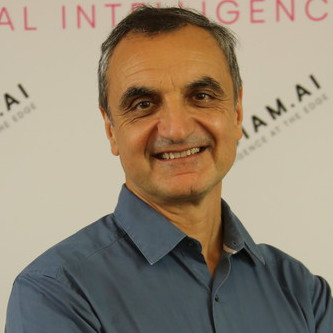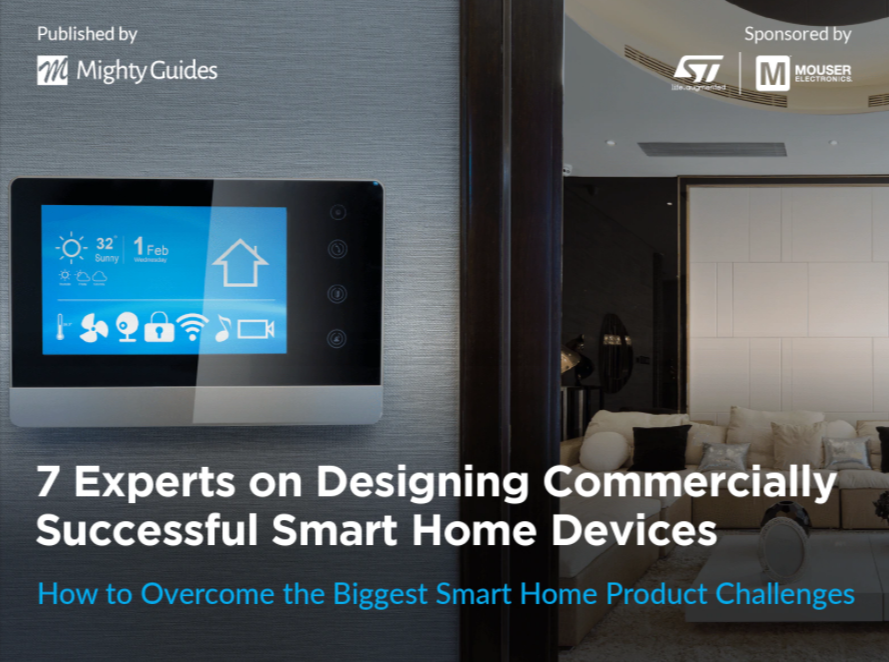
Marc Dupaquier, Co-Founder & Managing Director, Cartesiam
- To choose the right sensors, you must first know what data is required to solve the problem at hand. To know the data, you need to think like a machine, not like a human.
- A device continuously transmitting raw data is a prime target for attack. If the device is processing locally and connecting only to send an encrypted report, it is disconnected most of the time, making it more difficult for hackers to attack the network.
“If you think like a machine instead of like a human being, you use different data and therefore choose different sensors.”
Marc Dupaquier, managing director at Cartesiam, believes that a good smart building solution must begin with an understanding of the problem you are trying to solve and the data needed to solve it, which often means thinking differently about the problem you are trying to solve.
For example, engineers often design smart systems to solve problems the way humans would solve them. Dupaquier cites the example of a client who wanted to design an air filter monitoring system that would provide an alert when the air filters needed to be changed. The designers knew that dirty air filters turn gray, so their design used low-resolution cameras to take pictures of the filters and a smart system to analyze their “grayness” to determine whether it was time to change the filters.
“That’s thinking like a human being,” Dupaquier says. “Such a system would be expensive from a design standpoint—both the parts required and the maintenance.” He notes that when filters in an air conditioning system become dirty, the system consumes progressively more power, and its start and stop cycles change. A smart system can learn these patterns and accurately send alerts when it is time to change filters. “If you think like a machine instead of like a human being, you use different data and therefore choose different sensors,” he says. “When I speak with design firms, I realize that the real dialogue we are having is not about the type of sensor they’ll be using but about the type of data they need to make their product work.”



